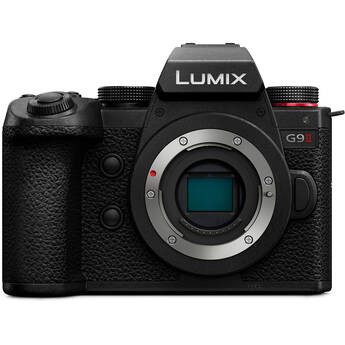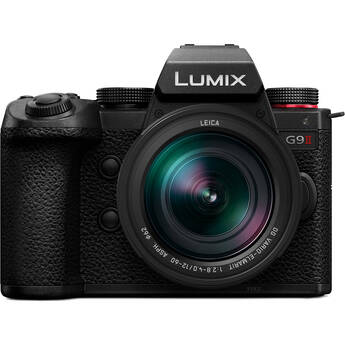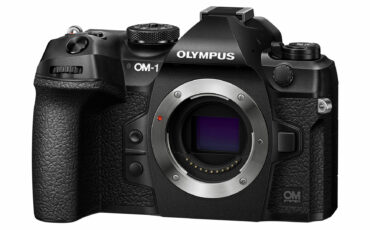Panasonic LUMIX G9II Review – A Flagship MFT Photo Camera with Enhanced Video Capabilities
Restriction-free music courtesy of Epidemic Sound. Sign up here: Epidemic
The LUMIX G9II is Panasonic’s new flagship camera for taking stills, but its video capabilities have not been neglected. I had a chance to “play” a bit with a pre-production model of this new camera and I’m happy to share my experience with you guys. So let’s dive into it!
This new Micro Four Third camera is much anticipated by MFT format lovers, and I’m certain that this new model will satisfy the needs of many.
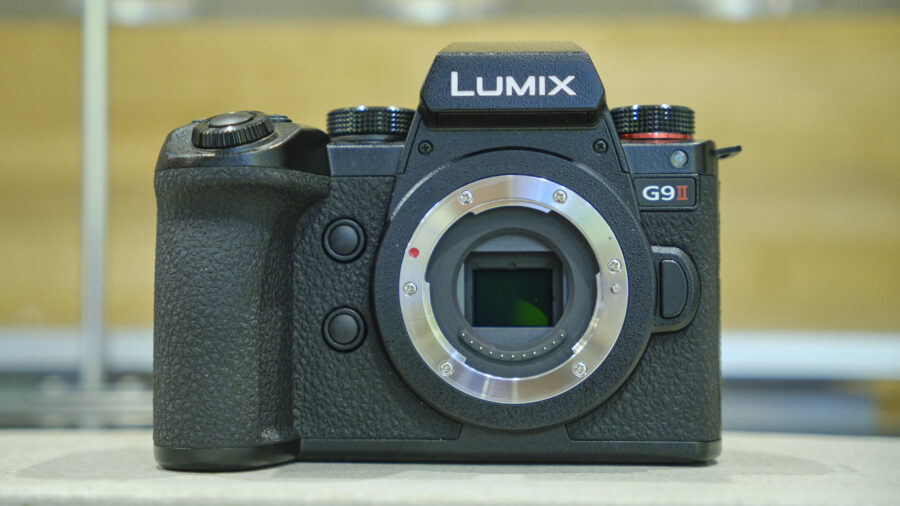
Built on the success of its predecessor, the G9II kept its relatively small size and comfortable hand grip, but other than that, it is safe to say that this is a completely new camera!
So what can you expect from such a flagship model equipped with a newly designed 25-megapixel sensor and the same processor that can be found in the LUMIX S5II?
Before I continue, I would like to highlight two things:
– My brief experience and initial impression of the LUMIX G9II is based on a pre-production model and as such, not everything went smoothly. I have no doubt that Panasonic will continue to refine this product and enhance its performance up until it sees the light of day in October.
– The G9II is Panasonic’s MFT sensor size flagship camera used primarily for taking photos. Panasonic has another MFT sensor-size flagship camera, the GH6, for more demanding video work. (For example, an internal fan and a CFexpress card slot might be valuable for those who are using the GH6 professionally).
Nevertheless, the video capabilities of this new camera have not been neglected, and in fact, depending on your professional needs or type of hobby, perhaps this new LUMIX G9II might be the camera you have been waiting for!
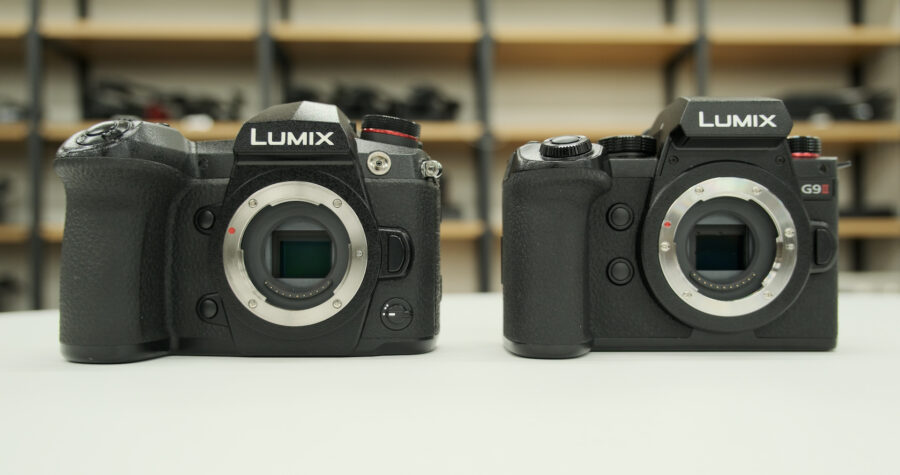
The original Panasonic G9 was released more than five and a half years ago and proved to be extremely beloved and popular.
Now, here comes the new camera, not only with a fresher look, but you can tell Panasonic was very ambitious to make it even better!
I already mentioned the new sensor and Venus processor. What else?
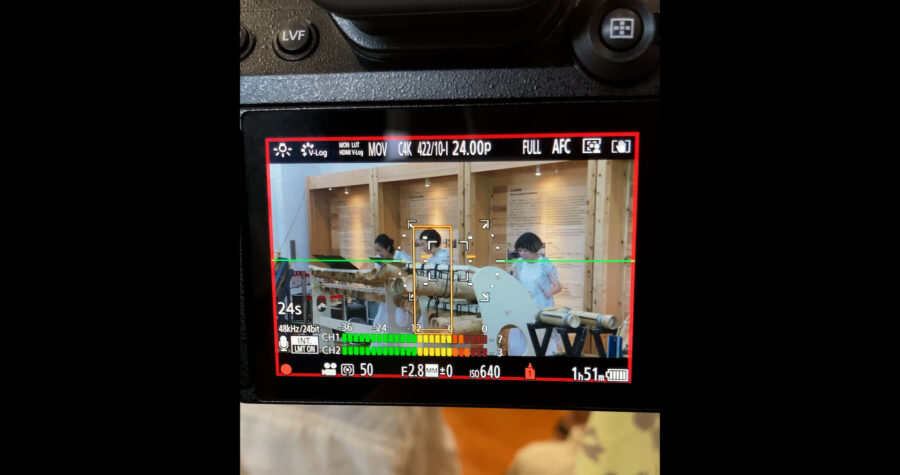
For the first time, both photographers and filmmakers will appreciate having a Phase Detection Autofocus System with subject recognition in an MFT camera.
The OLED EVF is also new and larger than the previous version, with a 120fps refresh rate.
The same goes for the 3-inch, 1.86 million dots LCD screen.
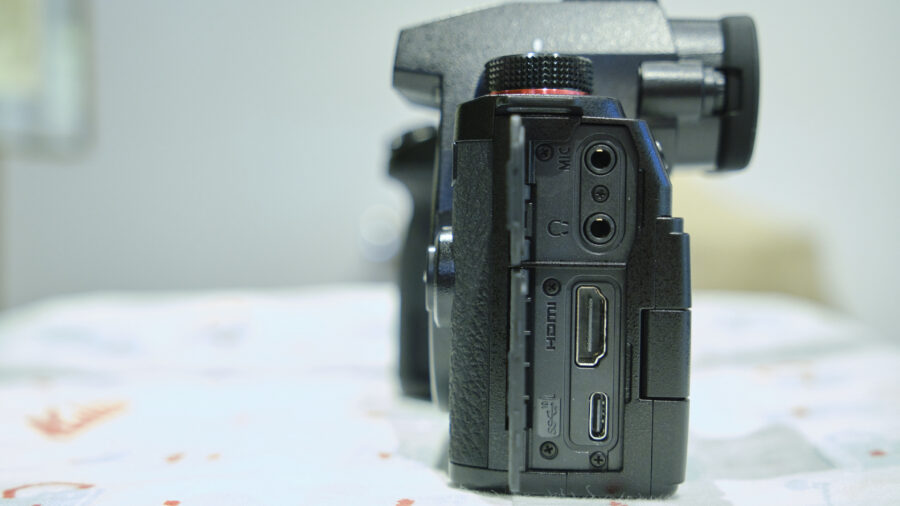
Filmmakers will appreciate the large HDMI output connector and even more importantly, the ability to record ProRs HQ in up to 5.7K externally to an SSD.
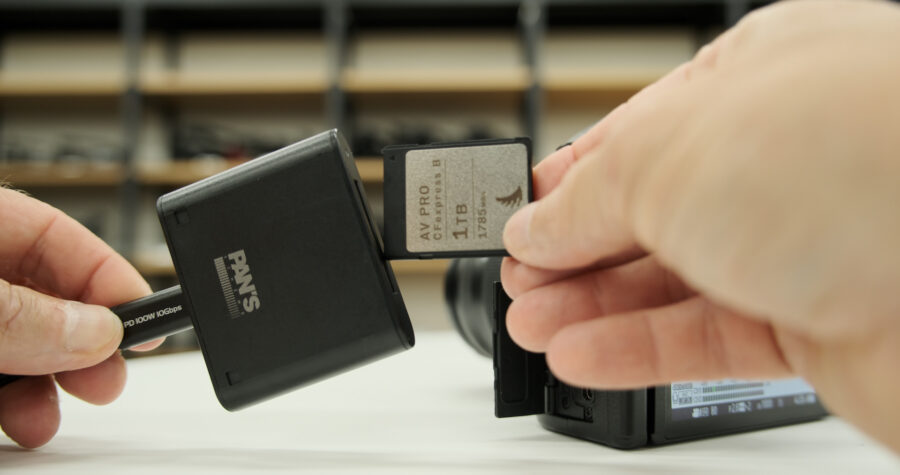
Personally, I would like to recommend a slightly different solution for external recording. Instead of recording to an SSD, I successfully used a small CFexpress reader made by PAN’S SCHEME (review here) together with CFexpress cards from Angelbird or Nextorage (review here).
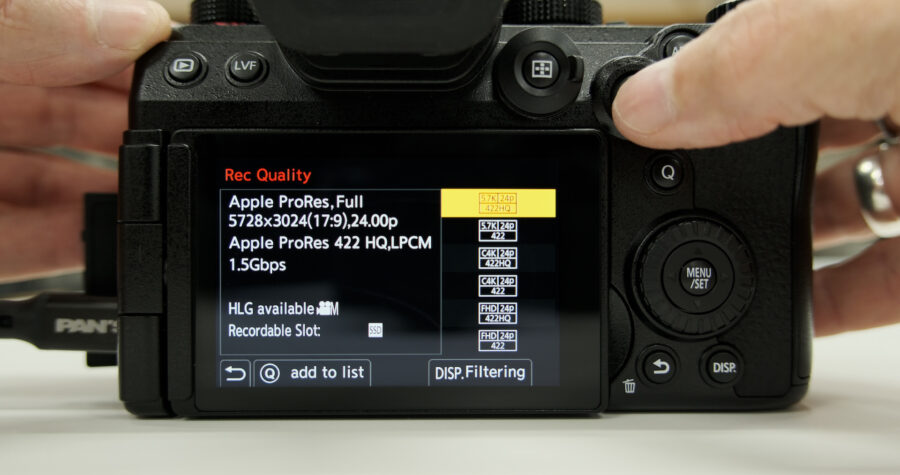
However, there is a downside to recording ProRes externally – I’m talking about the camera battery, which runs out faster this way. I couldn’t measure by minutes, but knowing how well Panasonic’s batteries usually hold up, I was surprised to see how relatively fast they drain.
So to summarize: For recording with the LUMIX G9II in the highest possible resolution and best available codec, one can set the camera to 5.7K in up to 30p in ProRes HQ externally. When it comes to internal recording, 10-bit, 4:2:2, All Intra in up to C4K 60p Is available.
If you are not so picky about color sampling, 5.8K in up to 30p in 10-bit Long GOP 4.2:0 is also available.
4K at 120fps can be found too, but I haven’t personally tested it. If you are still seeking the highest possible HD recording quality, internal ProRes is available as a solution.
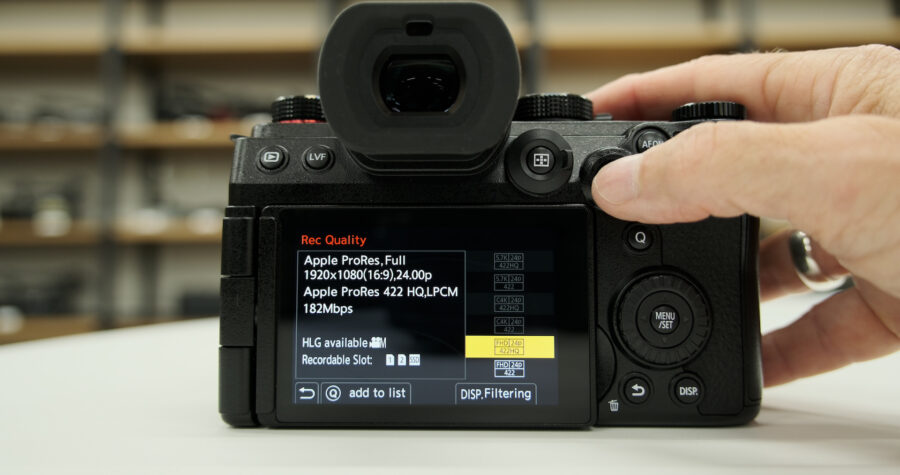
Other unique features include a completely new LEICA Monochrome preset setting, next to “real-time LUT” recording, which allows importing your favorite look into the camera. By the way, this exact feature is borrowed from the LUMIX S5II. Needless to say, the V-Log option is there for creative work as well.
As with Panasonic cameras in general, the G9II stabilization works very well, although I advise you to carefully watch the focal length you are using when working with it. Wide shots tend to wobble a bit at the edges.
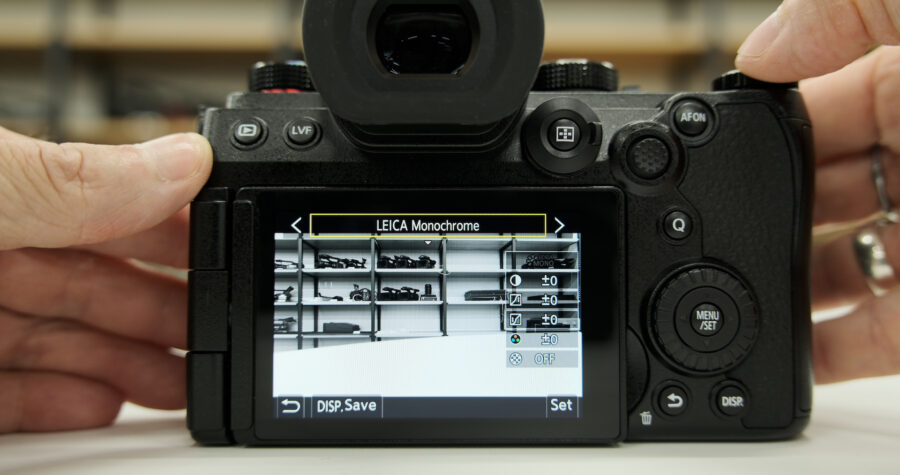
One thing that bothers many of us when filming is how well, or not, a camera can handle overheating. Well, I did not face any issues, but further experimentation is definitely warranted.
OK, let me touch on one of the biggest, if not the biggest new feature in the Panasonic LUMIX G9II: I’m talking about the Phase Detection Autofocus. It is the first time that Panasonic has implemented this feature in an MFT camera, and I’m sure you are curious to know how well it works.

In all honesty, with the pre-production camera that I had, I got mixed results. Let’s say that 90% of the time the continued autofocus worked well, and for the rest, it was a bit of a hit-and-miss up to the point where I had to switch focus to manual mode.
Again, I know that Panasonic is very dedicated and working hard to improve the new Phase Detection Autofocus in this camera.

There’s another aspect related to focusing with this camera that I’d like to mention, and that’s the “joystick.” I find that one of the easiest methods of changing focus between objects while running and gunning is to simply use this knob.
The thing is that it is extremely sensitive, and the pace of moving the focusing box between objects cannot be controlled easily, which can result in a few missed focus points.
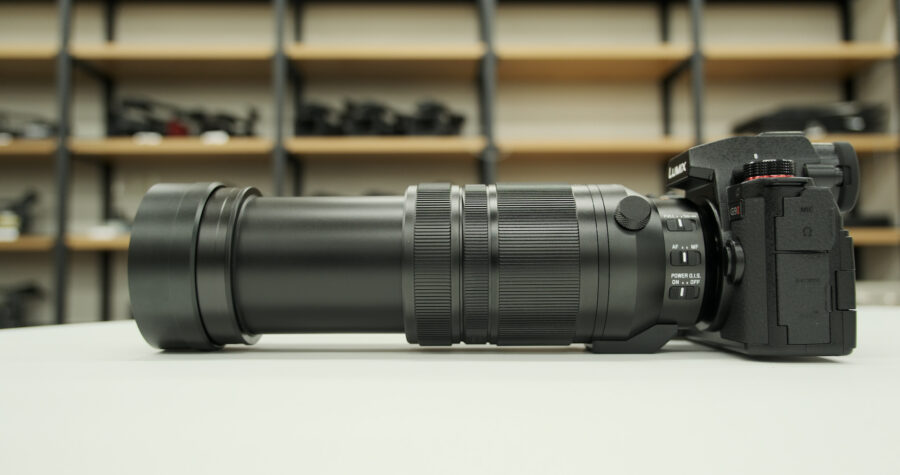
While working with the camera, I also had the chance to combine it with the Panasonic Leica 100-400mm lens. At the time of testing both products, the camera and lens did not communicate well, so handheld filming was not possible. But the potential for run-and-gun wildlife photography and filming is absolutely there.


By the way, if you are a hybrid shooter, make sure to store and assign your favorite settings to a “C” option as unfortunately, the camera will not remember separate settings like picture profiles when changing between video and photo modes.
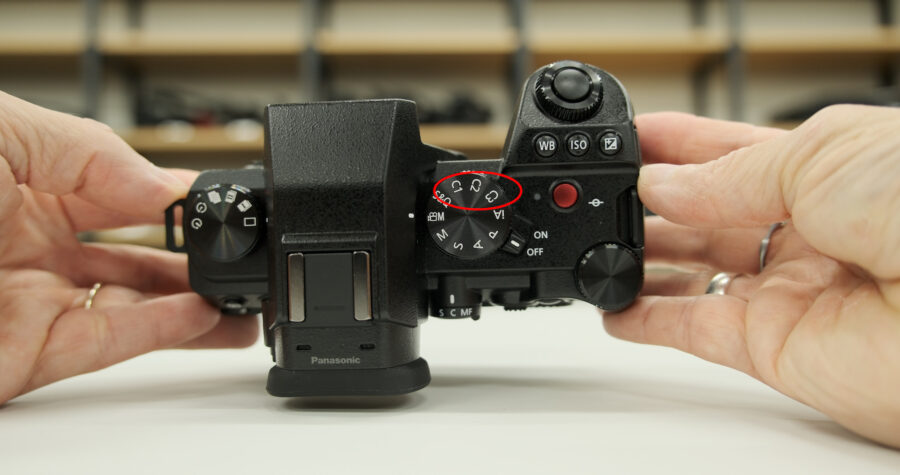
So, who is this new camera actually for? From a video perspective, I can easily see small news agencies using it next to independent creators who shoot all kinds of different content but are mostly out in nature. In so many ways, the MFT sensor size is the golden ticket for high resolution, magnification, and camera size. Top this with a zoom, such as the 100-400mm lens, and the “eye of the lion” couldn’t have gotten any closer.
But here comes the pricing question. The Panasonic LUMIX G9II will set you back 1899 Euro (VAT included), or $1,897.99, and in this price range, it looks as if it was made to compete directly with the OM-1.
The question remains as to whether this camera is enough to successfully compete against other APS-C sensor cameras that have become smaller and even comparably cheaper over the past years. (The FUJIFILM X-T5 and X-S20 are good examples).
In the end, I’ll let you guys decide, and I’m very curious to hear your thoughts about the new G9II. Is this the LUMIX flagship camera you have been waiting for? Go ahead and share your comments with us in the section below.
